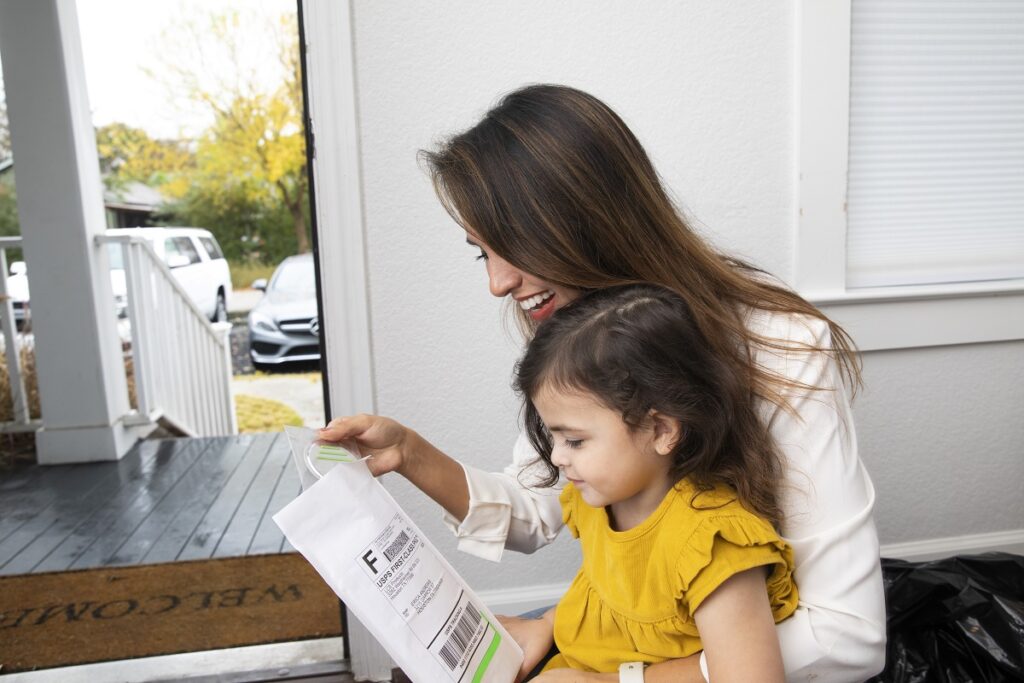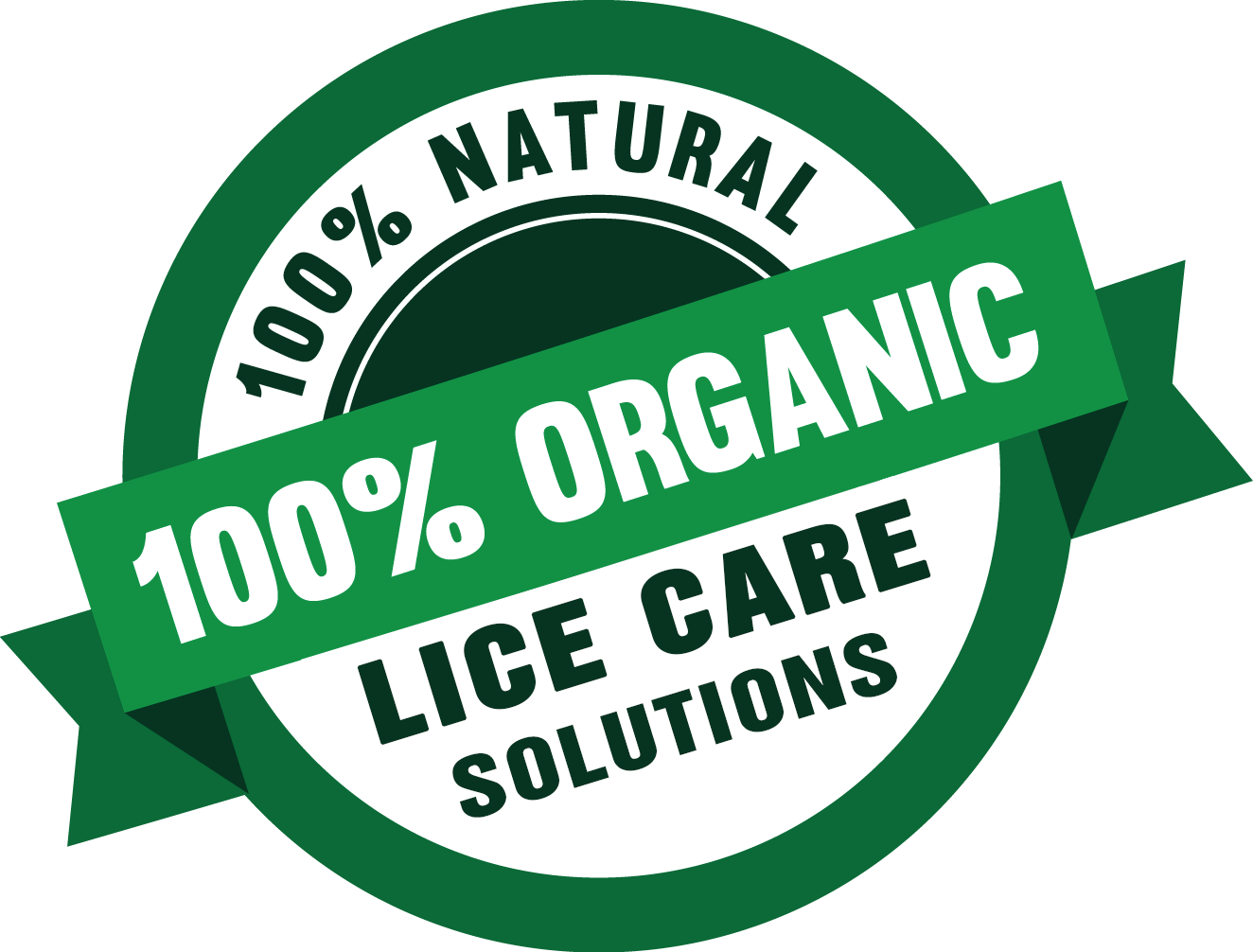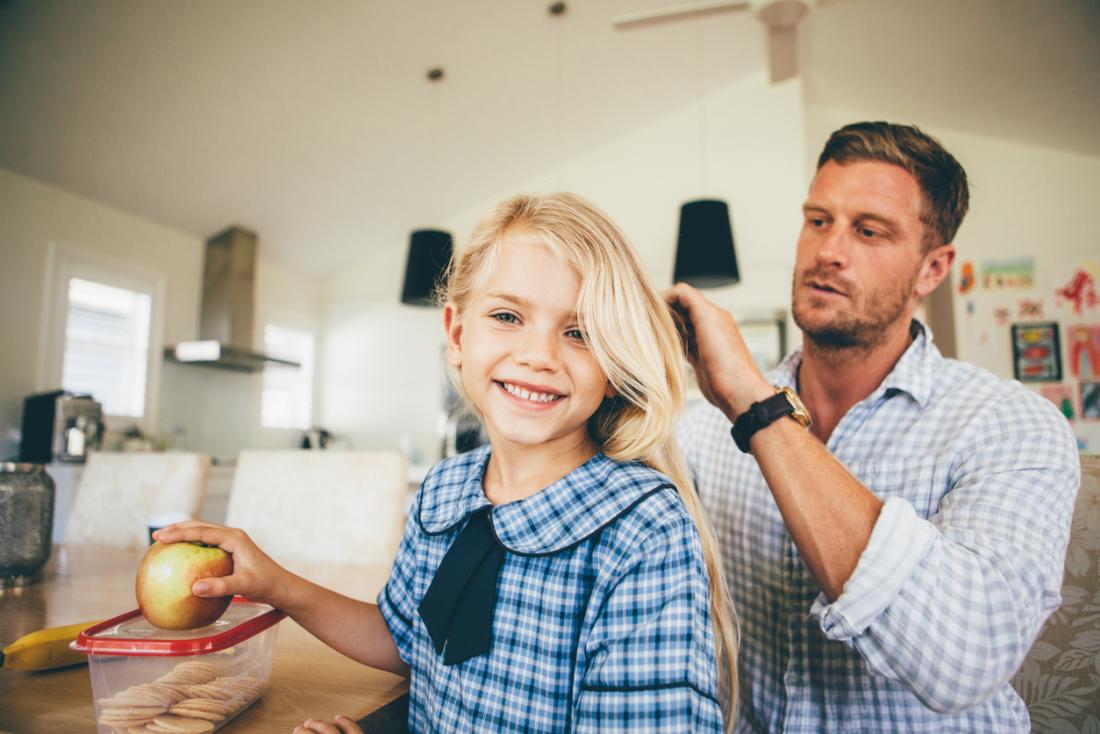For centuries, head lice have vexed humanity, causing discomfort and irritation. While dealing with these tiny invaders can be challenging, restoring your home and family to a lice-free life doesn’t require extreme measures. This blog unveils the intricate world of head lice, their survival tactics, and offers five best practices to ensure a long-term solution.
What Are Head Lice?
Head lice, akin to sesame seeds in size, are parasitic insects that feed on minuscule amounts of human blood. Nesting in human hair, they lay eggs that may lead to scalp itching and irritation. Though prevalent among children aged 3-12, head lice can go unnoticed, making early identification crucial.
Contrary to popular belief, head lice cannot jump or fly. Their primary mode of transmission is crawling from one head to another during personal contact. However, they can also spread through personal belongings, emphasizing the need for effective practices to clear your home of these persistent intruders.

Steps For Removing Lice From Furniture
Lice lay their eggs approximately 1 cm away from the scalp. These eggs, or nits, require warmth to incubate and cannot hatch at room temperature. Adult lice have a limited lifespan of 48 hours without a human blood source, highlighting the importance of timely intervention.
1. Identify at-Risk Family Members
Given that head lice spread through personal contact, meticulous examination and treatment of family members at risk are crucial. Children sharing personal items like beds, brushes, combs, or towels should be carefully inspected.
2. Wash and Sterilize Infested Items
After identifying and treating a family member with head lice, swift action is required. Wash all items that have come in contact with the infested individual within the last 48 hours. Hot water and a heated dryer cycle are essential. Daily washing of personal items like combs, brushes, and hair bands is recommended.
3. Seal Non-Washable Items
Items that cannot undergo washing should be sealed in bags for two weeks. This practice ensures that any nits hatching during this period won’t survive without a source of feeding.
4. Vacuum High-Risk Areas
Combat head lice by thoroughly vacuuming high-risk and high-traffic areas. Focus on places where family members rest their heads, including furniture and car seats. Employ regular leather cleaning for items like leather furniture and car seats.
5. Reject Fumigant Sprays
Avoid the use of toxic fumigant sprays, as they pose risks to skin and respiratory health. Opt for natural products that are equally effective and safe for a lice-free home.
Schedule an Appointment: Professional Assistance
For a holistic approach and professional guidance, schedule an appointment with our experts. Take decisive steps today to liberate your home and family from head lice, ensuring a peaceful and lice-free future.






